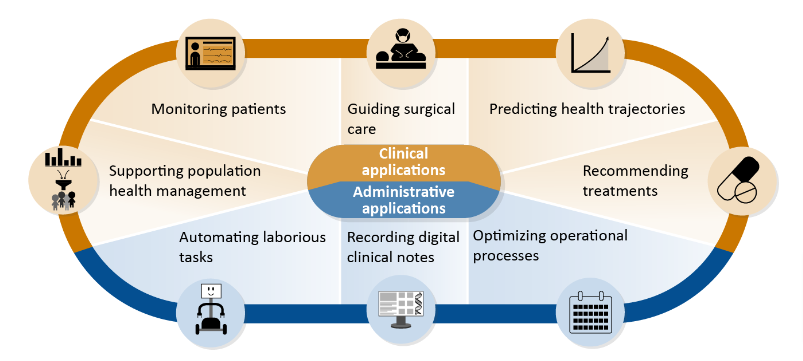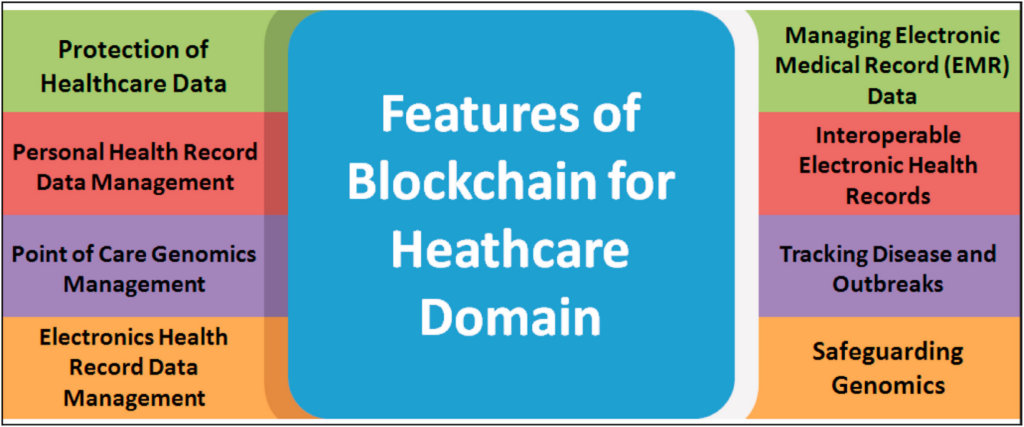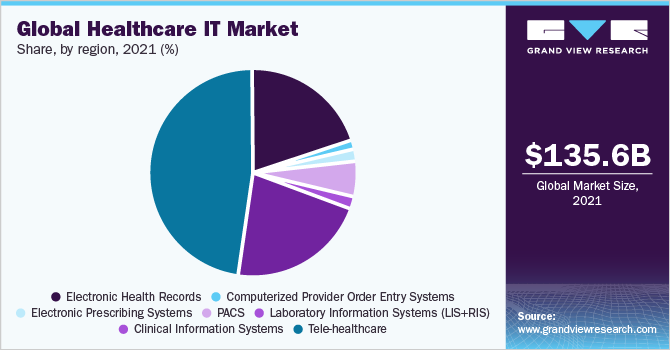Technology is transforming healthcare!
After COVID-19, technology in healthcare is expanding at a rapid pace in every corner of the healthcare ecosystem.
Healthcare professionals are learning and executing new technologies to enhance the quality of care experience and overall care outcomes.
In fact, it is aiding the healthcare industry greatly to fulfill the patients’ modern demands without compromising the operational and overhead costs.
So, let’s understand technology in healthcare in more detail.
The importance of technology in healthcare
The ultimate goal of technology in healthcare is to,
- Improve care outcomes
- Reduces burden on healthcare professionals
- Make the healthcare ecosystem more efficient and effective
With no doubt, technology has the potential to help everyone under the same roof.
And here is the proof.
Reduces human errors:
Technology helps the medical and administrative staff to automate repetitive tasks such as manual data entry, appointment scheduling, and the list goes on and on.
As a result, it eliminates the human errors that initially lower the risk of patients’ medical conditions.
Improves clinical outcomes:
Healthcare technology means massive storage of data.
Technologies such as AI, ML, and Deep Learning have the proficiency to analyze that data in such a way that it can support the healthcare professionals in clinical decision-making and predicting care outcomes with ease and accuracy.
Streamlining workflows:
An unorganized workflow can poorly impact the healthcare organizations’ productivity and overall patient care experience.
Technology in healthcare enables the administrative and care providers to create and implement streamlining workflows using real-world data.
Optimizes the healthcare ecosystem:
Technology never gets sick or never wants paid leaves for personal reasons.
It performs crucial and sensitive tasks efficiently 24/7 without adding any complexions to the work.
As a result, it helps the medical staff to optimize the clinical workflow of the system along with improving the care outcomes of the patients.
Reduces the cost:
Technology plays an important role in reducing the medical costs for the patients and overhead costs for the healthcare providers or facilities.
For instance, virtual care solutions enable the patients to not drive long for the clinical visits which directly reduces the traveling cost and time for the patients.
Lowers the burnout of the healthcare professionals:
There is a huge shortage of qualified and talented medical staff in the market right now and burnout of the healthcare professionals is the prior reason behind it.
Sensing the loss, many healthcare organizations are implementing technology solutions in their ecosystem to reduce the clinical and administrative workflow for their existing staff members.
In fact, healthcare talents are also preferring the technology-driven healthcare system to maintain their physical and mental well-being.
5 Real-world and trending examples of the technology in healthcare
Telemedicine or telehealth:

Telemedicine is a powerful healthcare technology solution that allows patients to avoid live-in-person visits with their care providers. It lets the patients virtually connect with the healthcare professionals using smartphones, tablets, or laptops.
As a result, it reduces the work burden on the medical experts so it eliminates the traveling cost for the patients.
EMR/EHR system:

EMR (Electronic Medical Records) and EHR (Electronic Health Records) are truly improving the patients’ care outcomes.
It is the technology that gathers, stores, and shares the medical data of the patients in order to help the healthcare professionals at the point of care.
Data can be in various forms such as – prescription records, lab tests, and imaging data.
Artificial Intelligence and Machine Learning:

The healthcare industry considers data as a diagnostic tool.
AI and ML are advanced technology solutions that are saving the lives of millions of people by using the data.
Both technologies work together to analyze the pattern of the patients’ various data to predict the care outcomes and support clinical decision-making.
Blockchain technology:

Blockchain is used in the healthcare industry to protect and exchange patient data through multiple healthcare systems such as hospitals, pharmacies, laboratories, and research centers.
Healthcare IoT:

Using real-time data, healthcare professionals can decode various health-related concerns even from remote areas.
Glucometers, pulse-rate monitoring, connected inhalers, and Parkinson’s disease monitors are some of the common examples of IoT technology in healthcare.
What are the challenges in healthcare technology?
Despite its usefulness, technology still contains some loopholes that must be addressed in order to make healthcare affordable, easily accessible, and convenient even in the worst-case scenarios.
So, here are some of the challenges that the healthcare industry faces in technology adoption.
Security:
Healthcare facilities control sensitive and crucial data of the patients. Hence, it is essential to protect that data from unauthorized activities.
However, it is not an easy task to secure patient data in healthcare as it needs a comprehensive skill set and has to meet all the data privacy laws so that you can avoid both data breaches by cyber criminals and penalties from the government.
Data exchange:
Faster, seamless, and accurate data exchange between healthcare systems is a must needed to stay always on top.
For that, achieving interoperability is a crucial process.
However, because of the lack of knowledge about the standards, developers fail to achieve interoperability in healthcare technology.
A promising future ahead for technology in healthcare
Technology adoption in healthcare is growing at a tremendous rate.
As per Grand View Research, “The global healthcare IT market size was valued at USD 135.6 billion in 2021 and is estimated to reach USD 1,305.1 billion by 2030!”

The healthcare industry is expecting more advancements in technology to help the patients and care providers in one go.
AI and ML are doing wonders since their inception in healthcare and in the upcoming years, both state-of-the-art technologies will be in the driving seat of the healthcare ecosystem.
Telehealth is also experiencing positive growth in every corner of healthcare solutions. From primary care solutions to neurological disorders, telehealth is decoding the medical conditions of the patients efficiently and effectively.
Technology alone is not enough in healthcare
As we said earlier, the development and implementation of healthcare technology type is a crucial and tedious procedure.
In other words, healthcare app development needs to be powerful, effective, and result-driven in order to maintain a steady pace in this shifting market of the health tech industry.



